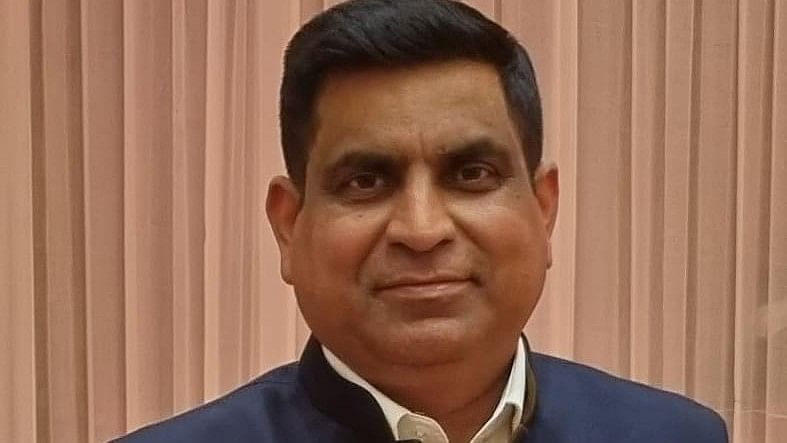
Wg Cdr Satyam Kushwaha.
Credit: Special Arrangement.
Indian Space Association (ISpA) is a policy advocacy body that works for the collaborative development of India’s private space industry. Engaging with the government and other stakeholders, the association has contributed to the formulation of relevant policies and regulatory frameworks. Wg Cdr Satyam Kushwaha (Retd.), Director, ISpA, tells DH’s R Krishnakumar what ambitious missions and the rise of a policy-backed private industry could mean to India – from space diplomacy to social good. Edited excerpts:
High-profile space missions including Chandrayaan-3 and Aditya-L1, and the upcoming Gaganyaan, have been important markers for India’s space power aspirations. What are the big takeaways from these missions?
The recent missions like Chandrayaan-3, Aditya-L1 and XpoSAT showcase India's growing capabilities in undertaking complex deep space exploration. Their success builds technological capacities and global trust in India's space programme. The key takeaways include mastering usable technologies like soft-landing, achieving valuable science outcomes that aid future interplanetary travel, and signalling India's seriousness in the domain to international partners.
How well is India placed to leverage these leaps in the area of space diplomacy, considering that we are also engaged in international missions with agencies like NASA and JAXA?
The joint missions like the upcoming NISAR mission with NASA and LUPEX mission with JAXA allow leveraging diverse expertise to accomplish challenging scientific endeavours beyond individual agency capacity. For India, they aid technology exchange and responsible cooperation, catalysing growth across the global space industry. As an emerging private sector matures, India is well poised to transition its space diplomacy from buyer to collaborator to provider, across the space value chain.
Policy reforms have set the stage for significant participation of private industry in India’s space sector. What are the key opportunities and challenges emerging from this shift? Is the regulation of dual-use products and services an area of concern?
Reforms unlock space tech commercialisation at scale and global competitiveness for India's private sector. There is policy stability now with the new Geospatial Policy 2022, Indian Space Policy 2023, Indian Telecommunications Act 2023, and the FDI Policy 2024. Greater R&D funding access and public procurement support are vital. Export controls via SCOMET (Special Chemicals, Organisms, Materials, Equipment, and Technologies) require rationalisation, considering the low entry barriers. Overall, an agile regulatory approach aligned to industry growth is key to seizing new opportunities.
What are the key domains that could place India on course to achieve 8% of the global space economy by 2033? What do projects like the upcoming spaceport in Kulasekarapattinam signify in this trajectory?
The ISpA-nasscom-Deloitte report on ‘Exploring opportunities for Indian downstream spacetech’ notes that to achieve these goals, there is significant market potential across the downstream spacetech value chain for Indian private sector players. This area has the potential to deliver value-added and scalable solutions to domestic and global markets. Applications leveraging optical and SAR (Synthetic Aperture Radar) data have vast latent demand from sectors like agriculture, urban development, and climate studies for India. STEM talent development is extremely crucial to tap this potential. Kulasekarapattinam signifies infrastructure support realisation for the private sector to grab the global satellite launch market share.
Beyond the scope of the purely scientific and strategic applications, is India aligned to a larger vision of using space-powered communication for society, in areas including health and environment? From the emerging private industry ecosystem, do you see an interest/focus on these lines?
Yes, national priorities are expanding beyond commercialisation to harness societal benefits like satellite-enabled e-health and distance education. This journey necessitates steadfast policies, global collaboration, and cutting-edge technology. Numerous startups focus on problems like climate monitoring (Digantara), environmental intelligence, farm advisory (KaleidEO, Skyserve) etc. Their innovative low-cost solutions should be supported through public-private partnerships targeting inclusion.